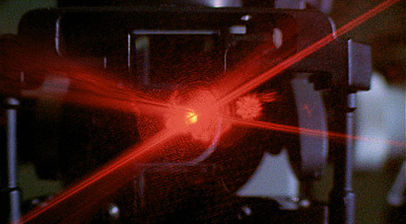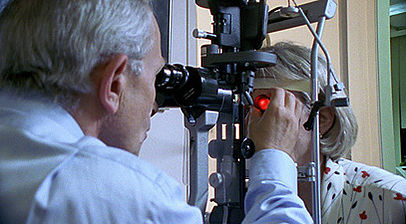Laser technology is a highly concentrated beam of purified light that carries a significant amount of energy, making it an invaluable tool in the treatment of various eye conditions. Different types of lasers are used for specific purposes depending on the nature of the condition.
For conditions like diabetic retinopathy, yellow-green lasers are commonly employed to target unhealthy retinal tissue. This laser treatment can help reduce swelling, prevent the growth of abnormal blood vessels, and seal tears or leaks in the retina, effectively preventing further vision loss.
In cases of Retinal Vein Occlusion, where blood flow is obstructed in the retinal vessels, more powerful lasers are used to create new pathways or conduits for blood to bypass the blockage, improving circulation and preserving vision. This laser procedure can significantly reduce the risk of vision impairment caused by the obstruction.
The YAG (Yttrium Aluminum Garnet) laser is another specialized tool used in ophthalmology. It is often employed to treat posterior capsule opacification (PCO), a common complication after cataract surgery, where the back portion of the lens capsule becomes cloudy and affects vision. The YAG laser is also used in treating glaucoma, specifically for procedures like laser peripheral iridotomy, which helps to open blocked drainage angles in the eye and reduce intraocular pressure.
Overall, laser treatments in ophthalmology offer precise, effective, and minimally invasive solutions for a variety of eye conditions, helping to preserve and improve vision.


